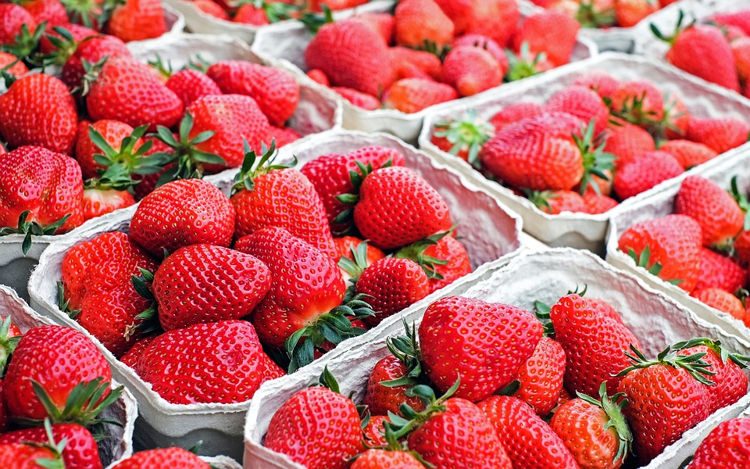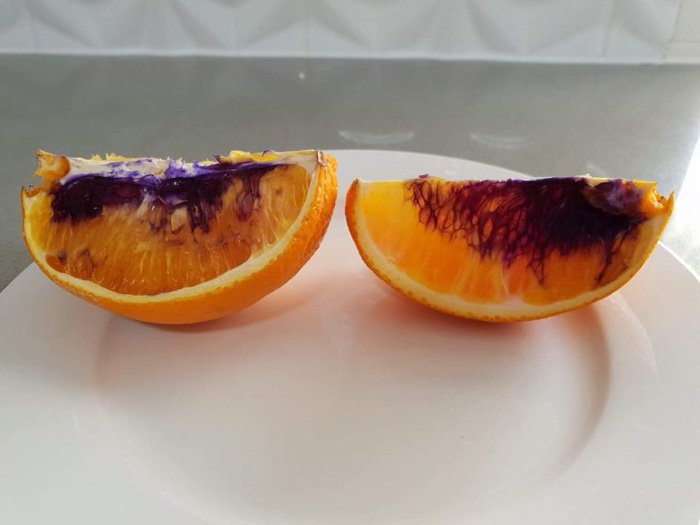Australia’s strawberry industry has been brought to its knees after reports of sharp needles found in store-bought strawberries have been coming in from all the six of the country’s states. So far, no one knows who is behind this act of “agroterrorism” or what their motives are.
What started as an isolated case in Queensland, earlier this month, has gradually turned into a nation-wide panic, as more needles were found all around the country. Things have reportedly gotten so bad that some growers have recalled much of their strawberries and turned to metal detectors to restore customer confidence. The only problem is that no one knows at one point from the growers to store shelves the needles are being inserted, and until more information about this aspect becomes available, there’s no clear way to solve the problem.















